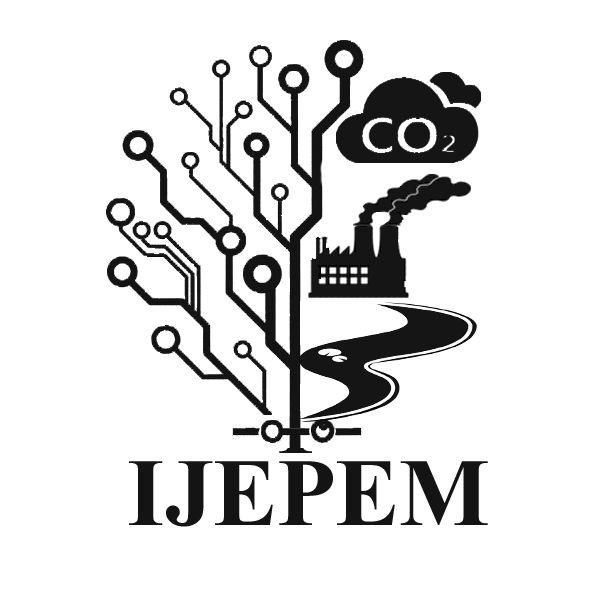
International Journal of Environmental Pollution and Environmental Modelling
Yazarlar: Gamze DOĞDU OKÇU, Emre DİKMEN, Arda YALÇUK
Konular:-
Anahtar Kelimeler:Degradation rate,Optimization,Sonocatalysis,Taguchi method,2-4-Dichlorophenoxy acetic acid
Özet: In recent times, the most commonly used herbicide for cleaning weeds in agricultural areas has been based on 2,4-Dichlorophenoxyacetic acid (2,4-D), and increases in its production is particularly alarming for the whole ecological system, especially in terms of human health, and it needs to be removed from sources of water. To achieve this, discrete 2,4-D removal by a sonocatalytic method (sonolysis with a TiO2 catalyst) has been investigated. In this study, the individual and synergic effects of a TiO2 dose, the pH, the time and initial 2,4-D concentration factors were investigated. In addition, a Taguchi statistical method was applied to optimize the effective parameters. As a result of the study, it was observed that pH was the most effective parameter for 2,4-D degradation. According to the results obtained from the Taguchi statistical method, the optimum conditions for 2,4-D removal are A (pH) with a value of 2 at level 1, B (TiO2 concentration) with a value of 0.5 g/L at level 2, C (initial 2,4-D concentration) with a value of 75 mg/L at level 4 and D (time) with a value of 60 minutes at level 1. The results presented by the theoretically predicted value for 100% degradation efficiency were confirmed by the experimental values.